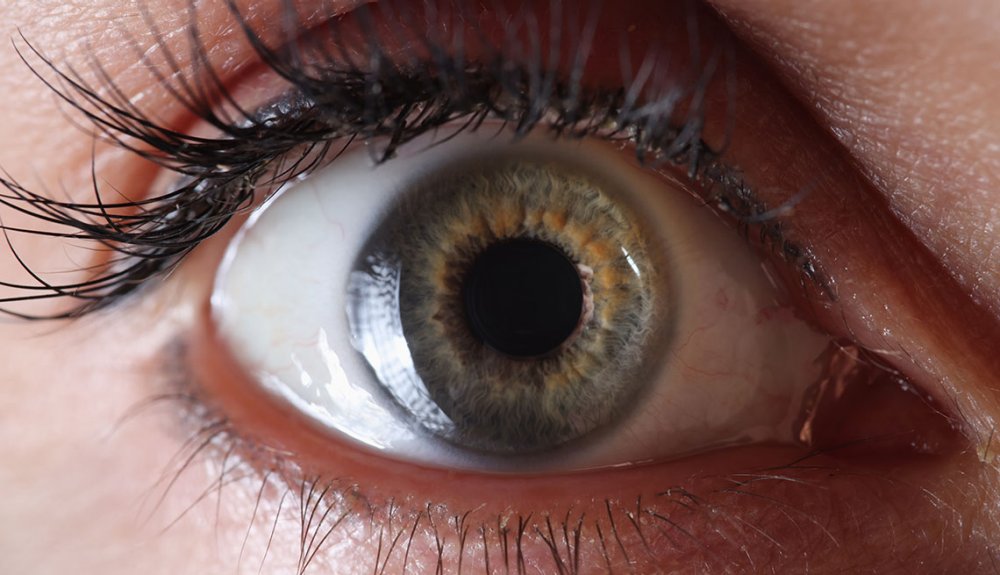All Categories
Featured
Table of Contents

Regular eye assessments are essential for preserving excellent vision and detecting possible eye wellness problems early. The frequency of these examinations can differ significantly based on an individual's age, way of life, and overall health and wellness. Understanding the recommended timetable for eye exams can aid ensure that people of all ages obtain ideal treatment and surveillance for their eye health and wellness.
Newborns and Toddlers (0-2 Years)
For toddlers and infants, eye tests are essential for detecting any type of prospective vision issues early on. The American Academy of Ophthalmology suggests that a kid's very first eye test should occur at around 6 months old. During this initial see, the eye care professional will examine the child's visual advancement and check for any type of apparent eye problems.Following this initial test, it is advised that kids have another eye examination at age 3. This see will certainly focus on evaluating the youngster's overall visual feature, consisting of eye alignment and the capacity to track items. If no concerns are spotted, the next test should be scheduled before the youngster starts institution, typically around age five or six.
School-Aged Youngsters (6-18 Years)
When children get to school-age child, normal eye examinations should be set up each to 2 years. Vision is essential for finding out and growth, and numerous schools conduct vision testings. These testings do not change a comprehensive eye examination by an eye care expert.For kids associated with sporting activities or tasks requiring considerable visual emphasis, yearly eye tests may be recommended. Furthermore, if a child displays indicators of vision troubles-- such as difficulty reviewing, scrunching up your eyes, or constant headaches-- a browse through to the eye doctor ought to be scheduled as soon as feasible.
Youthful Adults (19-39 Years)
Youthful adults generally have less vision modifications than older age groups, but regular eye tests remain crucial. The general referral is to set up an eye examination every two years during this period. Nevertheless, individuals with details threat factors-- such as a household history of eye disease, diabetes, or those who wear contact lenses-- need to think about yearly eye exams.Additionally, those that invest substantial time on digital gadgets may experience digital eye stress. If signs and symptoms such as dryness, fatigue, or obscured vision happen, it may be a good idea to see an eye treatment specialist quicker.
Grownups (40-64 Years)
Adults aged 40 to 64 should schedule eye tests every one to 2 years. Eye exams can likewise assist identify various other common age-related conditions such as glaucoma, cataracts, and macular degeneration.If people in this age have threat aspects such as hypertension or diabetes, they might require even more regular exams to check their eye health and wellness very closely.
Senior Citizens (65 Years and Older)
For senior citizens, regular eye tests come to be also a lot more essential. The American Optometric Organization suggests that individuals matured 65 and older have an eye exam at least as soon as a year.Conclusion.
Understanding the appropriate routine for eye examinations based upon age is vital for maintaining ideal eye wellness throughout life. From infants to elders, routine eye exams play an important duty in spotting issues early and guaranteeing that vision remains sharp. By sticking to these guidelines and speaking with an eye treatment expert, individuals can take proactive steps towards protecting their vision and total health. Whether it's a child's first browse through or a senior's yearly exam, prioritizing eye treatment is a financial investment in long-lasting well-being.Table of Contents
Latest Posts
Host Your Perfect Event: Location Rental Choices for Every Event
Published Mar 21, 25
1 min read
Experience the Boogaloo: Dining, Drinks, & Sports at FunCity Hotel
Published Jan 31, 25
2 min read
How Can Consumers Customize Furnishings to Suit Their Home Design?
Published Jan 21, 25
0 min read
More
Latest Posts
Host Your Perfect Event: Location Rental Choices for Every Event
Published Mar 21, 25
1 min read
Experience the Boogaloo: Dining, Drinks, & Sports at FunCity Hotel
Published Jan 31, 25
2 min read
How Can Consumers Customize Furnishings to Suit Their Home Design?
Published Jan 21, 25
0 min read